Search for articles, topics or more
browse by topics

Search for articles, topics or more

Kitchens are everyday spaces that exist to meet an immediate functional goal. When well designed, they are highly calibrated to support the convenient preparation of food.
Yet kitchens can also be more than this – they are also social spaces, as well as rooms in which we reflect on our relationship with food, family, friends and history. “I realize that in the kitchen I am grappling with the same questions as in my academic study,” writes Rebecca May Johnson in her 2023 book Small Fires: An Epic in the Kitchen, a text that sets out to “blow up the kitchen”. Small Fires is a book that thinks deeply about kitchens and the cooking that takes place within them – in short, it is a text that highlights how kitchens are spaces that deserve more careful consideration than they have hitherto received. “I am taught that the work of critical thinking takes place outside of the kitchen,” Johnson writes, “and that cooking in domestic space is not connected to the endeavour of serious thought.”
In Johnson’s text – which blends memoir, social critique, food writing and critical theory – she seeks to turn the tables on limited conception of kitchens as purely functional spaces, repositioning cooking, and the physical spaces in which it happens, as sites for the production of knowledge. The kitchen is a room in which domestic labour occurs, but so too is it a space for critical inquiry, rebellion against social expectations, and self-performance.
“When I cook the recipe, I experience the difference between the knowledge promised by language, and the unboundedness of embodiment, which is both richer and more dangerous that the text can convey,” Johnson writes. “[…] I am writing against the tendency for people to diminish cooking as almost the opposite of thought.”
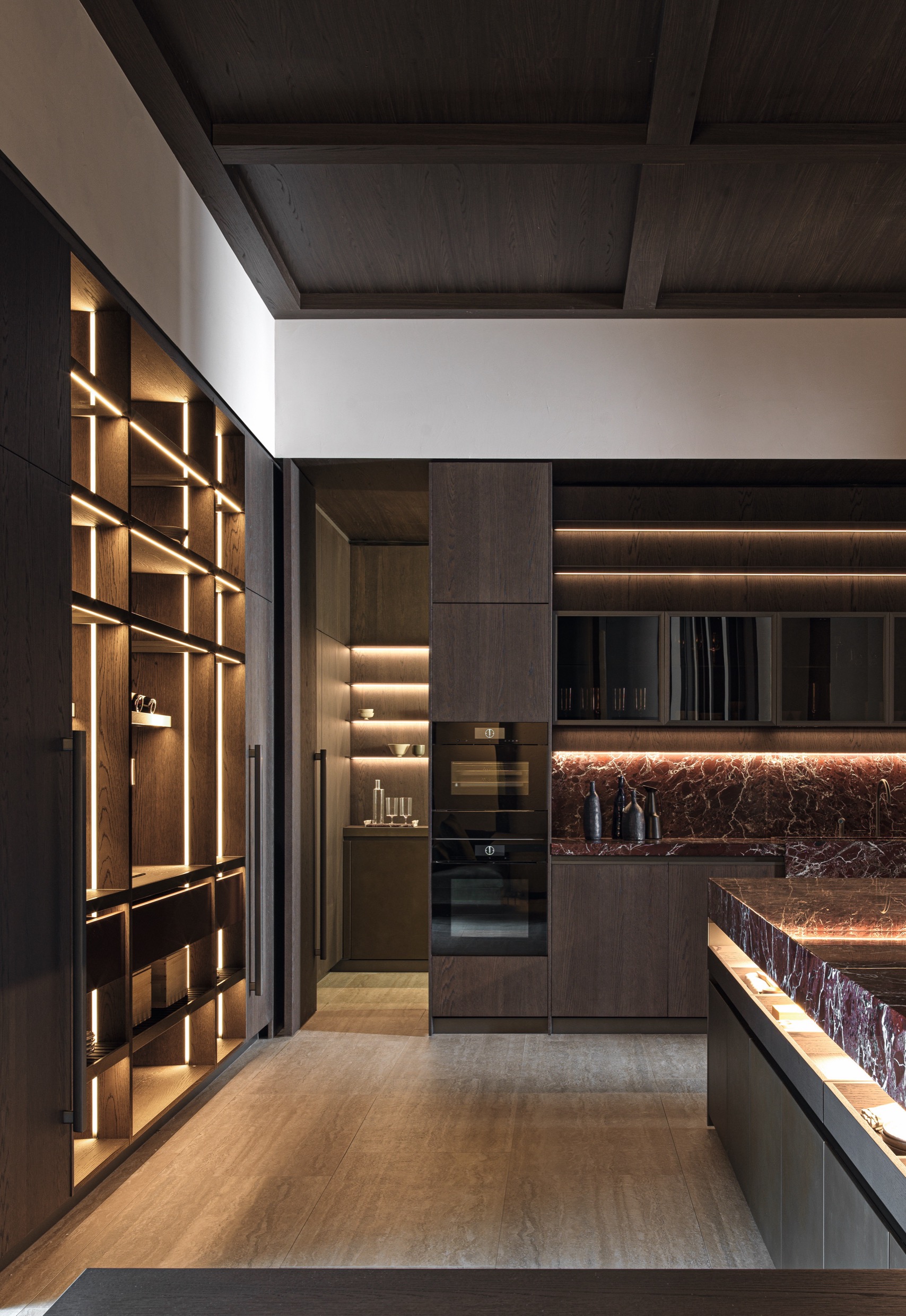 VVD kitchen from Molteni&C Kitchens Dada Endineered
VVD kitchen from Molteni&C Kitchens Dada Endineered
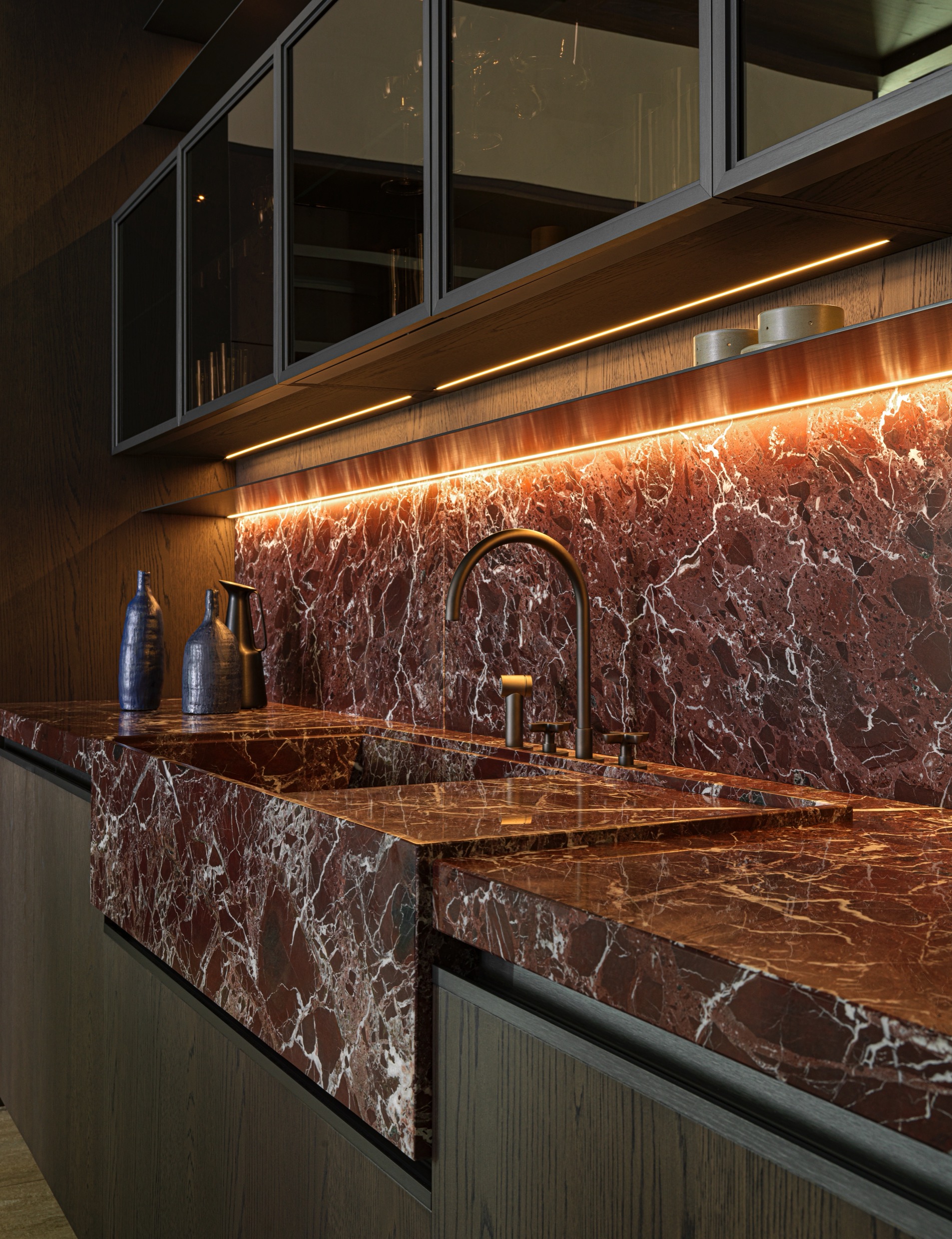 VVD kitchen from Molteni&C Kitchens Dada Endineered
VVD kitchen from Molteni&C Kitchens Dada Endineered
The template of the modern kitchen was set in the 1920s when architect Margarete Schütte-Lihotzky designed the Frankfurt Kitchen. Widely considered the progenitor of the modern kitchen, Schütte-Lihotzky’s compact design sought to introduce modern ideas of efficiency and Taylorism to its operation, so as bring “the rationalization of housework”. Schütte-Lihotzky saw her task as being one of spatial and operational optimisation – she famously remarked that she “had never concerned [herself] with cooking in [her] life” – and her design envisaged the kitchen as a kind of factory workstation or machine. The kitchen, under this conception, was a space for production, although not in the same manner as Johnson frames it. “While the Frankfurt Kitchen simplified kitchen chores,” wrote the architectural historian Susan Henderson in a 2015 edition of The Architectural Review, “it did not win the status of ‘profession’ for housewifery, which remained a degraded, if at times romanticised, undertaking.” Schütte-Lihotzky may have achieved notable advances in the functioning of kitchens, but she did less to frame the space as anything other than a site of domestic labour.
Today, we are perhaps better able to appreciate that kitchens can serve multiple purposes at once.
“I tried to write about cooking, but I wrote a hot red epic,” reflects Johnson – cooking may meet functional needs, but it is too complex, too diverse, to admit of any simple reduction to a purely functionalist explanation. In this respect, the Frankfurt Kitchen tells only one part of the story. “I’d never run a household before designing the Frankfurt Kitchen, I’d never cooked, and had no idea about cooking,” Schütte-Lihotzky recalled, and perhaps this accounts for her focus on the efficiency of the space – the architect’s rationalisation of kitchens was necessary, and rightfully influential, but many who cook will know that there can be more to the act than its capacity to meet basic need.
 VVD kitchen from Molteni&C Kitchens Dada Endineered
VVD kitchen from Molteni&C Kitchens Dada Endineered
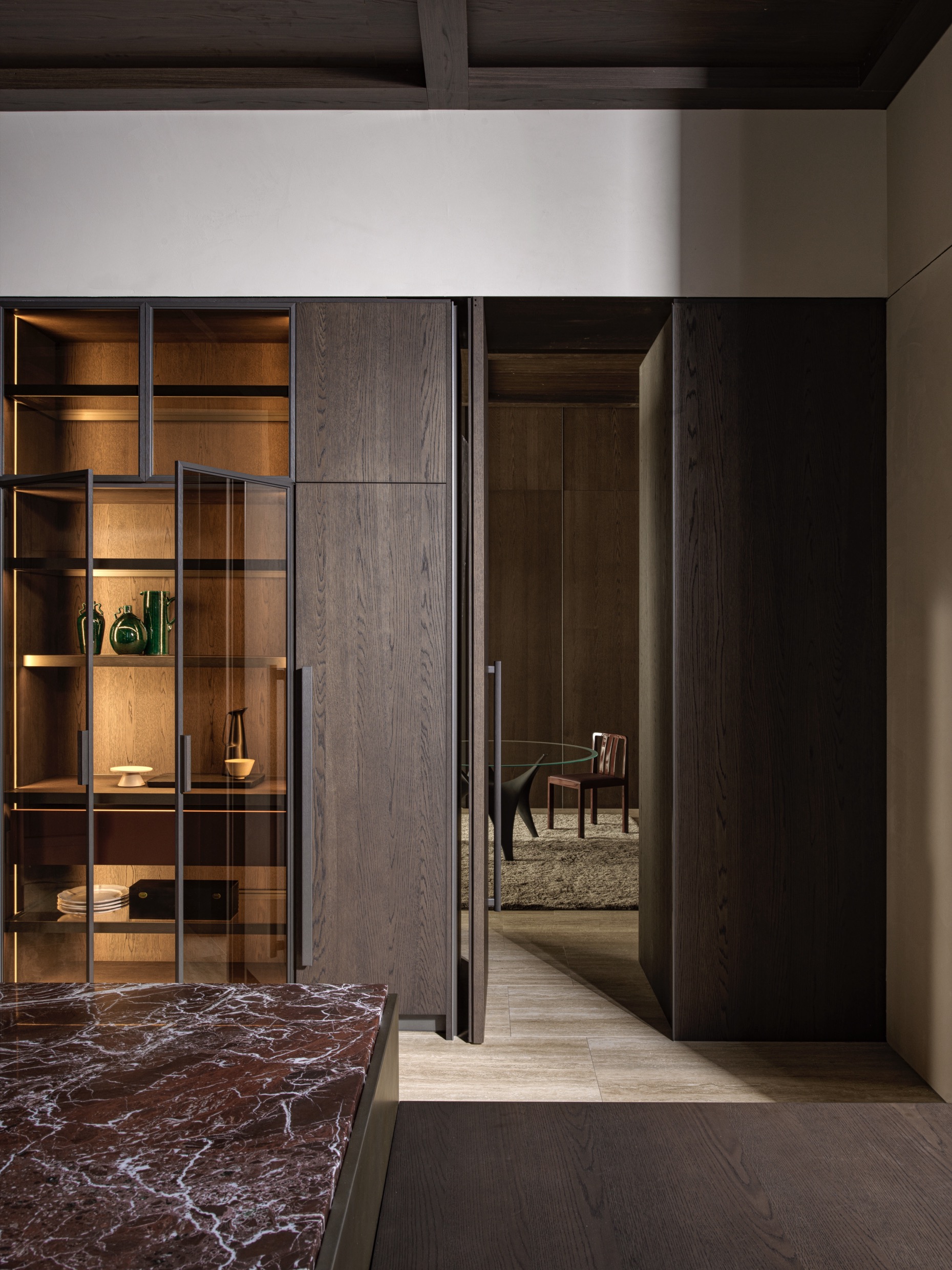 VVD kitchen from Molteni&C Kitchens Dada Endineered
VVD kitchen from Molteni&C Kitchens Dada Endineered
Cooking and food can be cultural, social, and critically engaged, and so too are the spaces in which it takes place. Contemporary kitchens are functional spaces, whose efficient operation can ease a considerable quantity of domestic chores (labour that remains unpaid and, frequently, unrecognised), but they are more than this too. They are also spaces for recreation, in which people may cook for pleasure or self-development. They are spaces for experimentation, where people try out new ideas and thereby explore their own preferences, talents and identities. And they are spaces for socialisation and connection, where we cook together, share experiences, and bond over the preparation and consumption of a meal. The contemporary kitchen can be a stage – one that permits multiple different performances at the same time.
This kind of multivalence is visible in the design of Molteni&C Kitchens Dada Engineered – a collaboration of craft and technology that began in 1976 when Molteni&C partnered with kitchen specialists Dada to drive innovation in the field. Designed by leading practitioners such as Vincent van Duysen, Molteni&C Kitchens Dada Engineered creates products that prioritise the integration of cutting-edge technologies that support precision functioning. The Prime kitchen, for instance, includes Vionaro drawers that feature an exclusive, highly engineered movement and patented anodised aluminium sides – highly engineered design features that ensure a perfectly smooth closure.
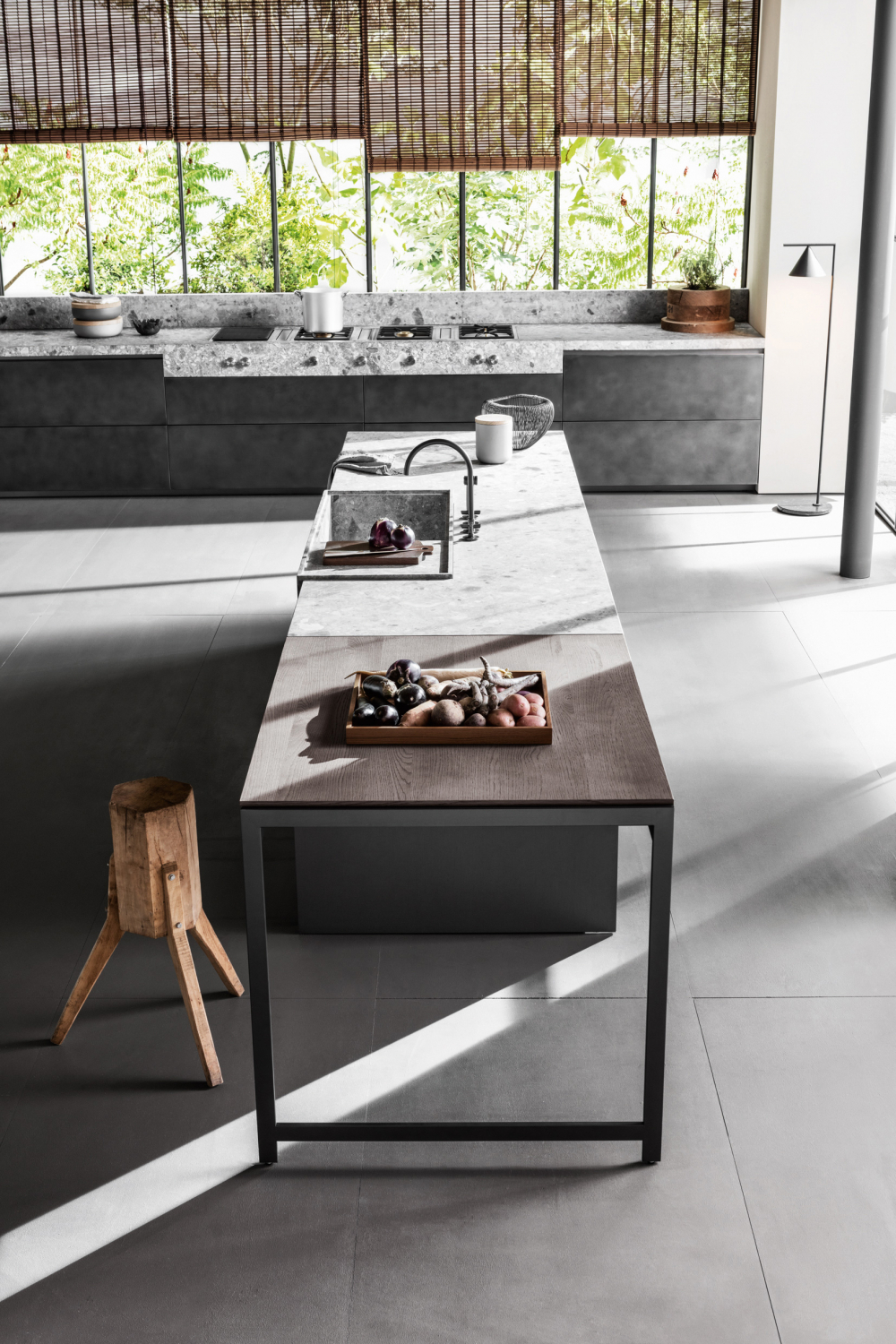 VVD kitchen from Molteni&C Kitchens Dada Endineered
VVD kitchen from Molteni&C Kitchens Dada Endineered
Meanwhile, the VVD kitchen includes an advanced aluminium load-bearing structure that allows the kitchen’s elements to be suspended above the floor. Yet this interest in the technical operation of the kitchen is paired with a focus on its more emotive, personal qualities. The company utilises a range of warm, natural materials such as wood and marble, with each kitchen developed through careful attention to the human value that expert craftsmanship can bring to a space.
In Van Duysen’s Ratio kitchen, for example, thermo oak is paired with Breccia Capraia stone to create a warm, Mediterranean atmosphere that feels a world apart from the more distant rationalism of the Frankfurt Kitchen. In this respect, Molteni&C Kitchens Dada Engineered’s designs exist to support the people who will use them, and to meet their varied needs – they are platforms for whatever performance their users wish to bring to bear within them.
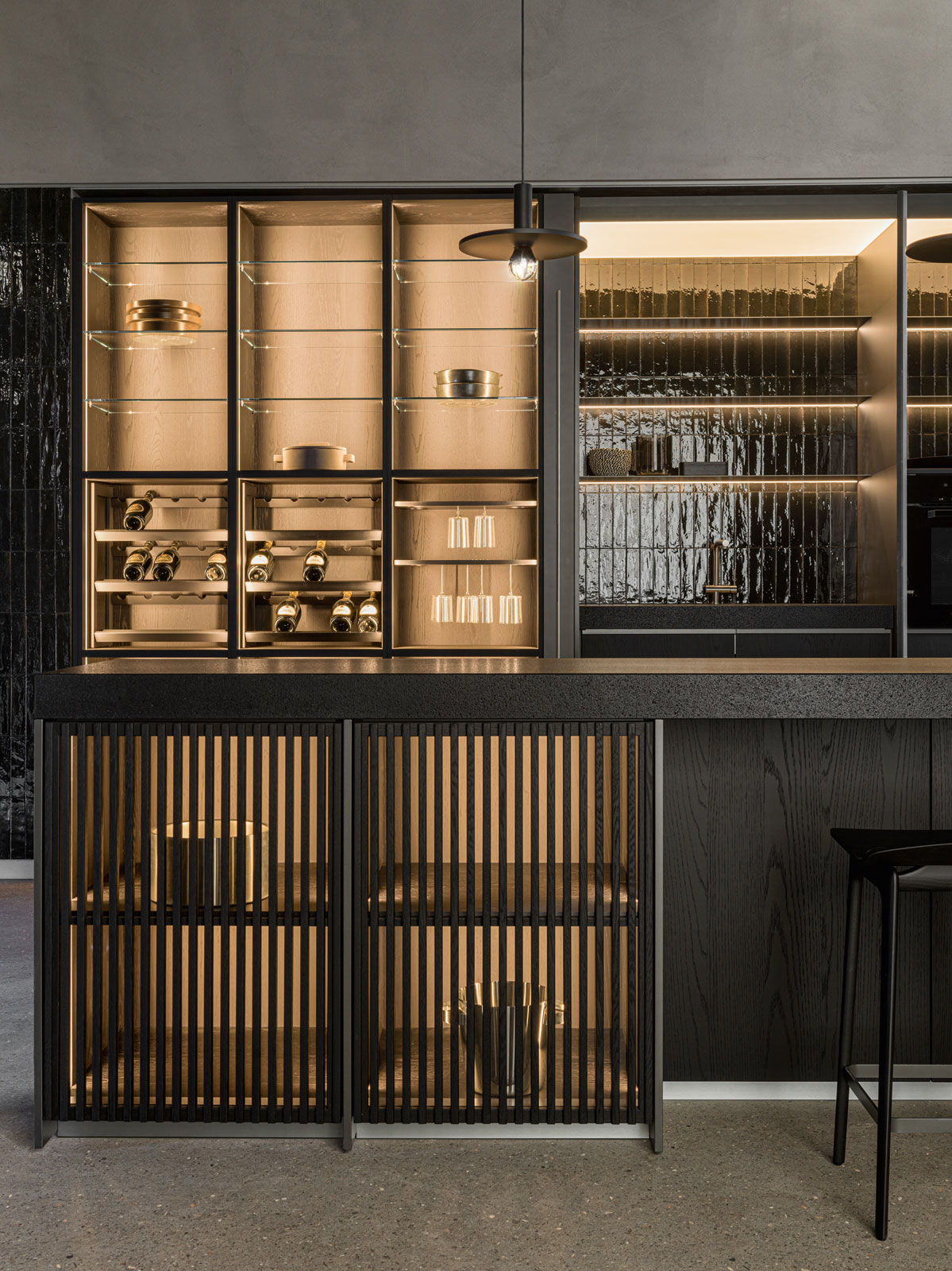 Ratio kitchen from Molteni&C Kitchens Dada Endineered
Ratio kitchen from Molteni&C Kitchens Dada Endineered
This, then, is the nature of the contemporary kitchen: it is a stage for life, or a blank page onto which we might write whatever story we wish. Throughout her book, for example, Johnson explores cooking in relation to the acts of writing and reading, particularly in terms of recipes.
“The recipe is a method for responding to things,” she writes. “Things have agency in many directions. Like words, they have histories and contexts, but when I perform the recipe, things become other things in a messier transformation than words in a sentence. They spatter my shirt red.” The kitchen is the room within the home in which materials are physically transformed, combined, and made into more than the sum of their parts, and it is also where our own thoughts might be similarly transformed with each process, repetition and meal. “The recipe is a text that can produce spattering,” Johnson notes, “because it was spattering before it was language.”
In the centre of Milan, a short walk from the duomo, is Villa Necchi Campiglio, designed by Piero Portaluppi (1888-1967) for the Necchi Campiglio family between 1932 and 1935.
How we understand the world of design can depend on the means by which we engage with the subject.
The new Andromeda Collection by UniFor, designed by LSM Studio, takes inspiration from a unique site-specific artwork atop a hill in Sicily.
Thanks for your registration.